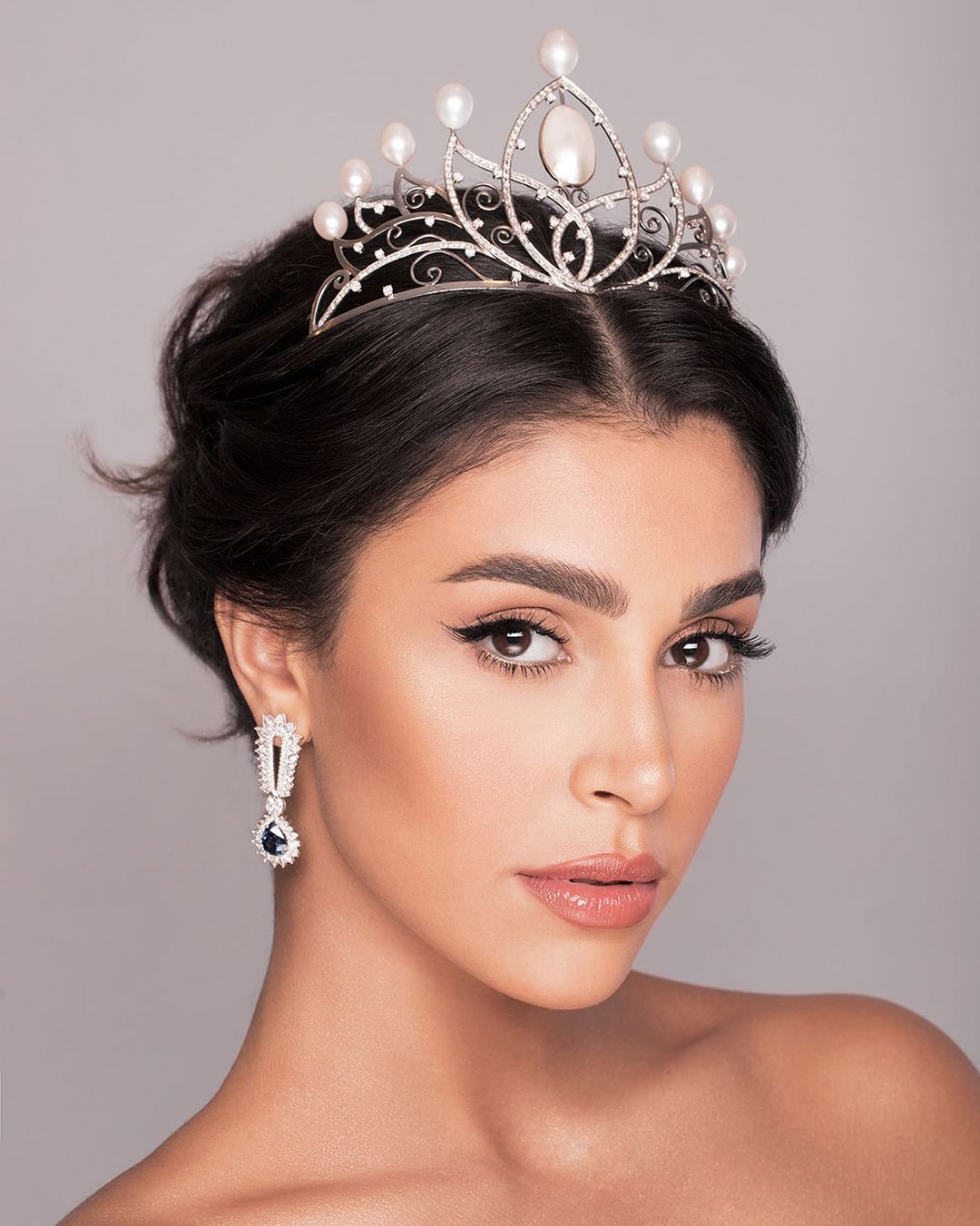The revamping of Black sitcoms in America portrayed on screen amidst gentrification.

The evolution of black sitcoms is a reflection of the journey of African-Americans in the United States. From minstrel shows that perpetuated negative racial stereotypes to the emergence of black-only minstrel troupes, the community used entertainment to showcase their talent while also challenging harmful narratives. Black sitcoms in the 70s and 80s emphasized healthy family dynamics and upward mobility, but racism continued to plague the writers’ rooms and sets. However, the 80s saw a shift with The Cosby Show, where Bill Cosby urged the audience to look past race and invited the Huxtables, an upper-middle-class American family, onto their television screens.
The success of the show led to a boom in the genre in the late 80s and 90s with shows like Family Matters, Martin, Roc, Living Single, and The Fresh Prince of Bel-Air. However, with gentrification came changes in viewership, and major networks diversified their catalogs to cater to the young white American man, leading to a decline in black sitcoms in the 2000s. But a new generation of black creators like Tracy Oliver and Issa Rae are shifting gears in the comedy genre, bringing laughter and joy back to stories about African-Americans.
Black sitcoms have a long and complicated history in America. The genre’s rise can be traced back to the early 19th century when minstrel shows were the foremost medium of entertainment in the country. Minstrelsy perpetuated negative stereotypes about African-Americans on stage, reinforcing the community’s portrayal as lazy, dim-witted, and cowardly. However, minstrel shows also opened the entertainment industry to African-American performers, with many famous actors, composers, and singers getting their first break in these shows. Reinforcing racial stereotypes on television helped networks garner ratings, but it also got the National Association for the Advancement of Coloured People (NAACP) to protest against shows like Amos ‘n’ Andy in the 1950s. The negative stereotypes promoted in the show got the network to cancel it.
Black sitcoms continued sparsely on networks until the 70s, with shows like Sanford and Son, Good Times, and The Jeffersons, where themes of upward mobility and healthy family dynamics were stressed upon. However, racism continued to plague the writers’ rooms and sets. Actor John Amos was fired for his vocal opinion on the lack of diversity among Good Times’ writers and the overall negative stereotypical portrayal of the character J.J. Evans.

But things started to take a turn for the better in the 80s with The Cosby Show. The show represented an honest portrayal of an affluent African-American family, tackling complex issues like dyslexia and teen pregnancy during its airtime. The success of the show led to a boom in the genre in the late 80s and 90s, with shows like Family Matters, Martin, Roc, Living Single, and The Fresh Prince of Bel-Air advancing the critique of race in America while occasionally indulging in stereotypes to do so. However, in the late 90s, many of these beloved sitcoms were taken off the air.
As neighbourhood gentrification started to get more pronounced in the United States, major networks diversified their catalogs to cater to the young white American man, leading to a decline in black sitcoms in the 2000s. However, newer networks like the WB and UPN stepped in to fill the vacuum for a short time period. But, according to The New York Times, the number of black sitcoms on television plummeted from 15 to six from 1997 to 2001. Many black creators also began to view situational comedy as a weary vehicle to relay the African American experience to the audience at large and made strides.




free cams
… [Trackback]
[…] Information on that Topic: ceoweeklyuae.com/the-revamping-of-black-sitcoms-in-america-portrayed-on-screen-amidst-gentrification/ […]
December 14, 2024Bcqenm
ivermectin price – carbamazepine order buy generic tegretol 400mg
December 30, 2024Angthong National Marine Park
… [Trackback]
[…] Find More Information here on that Topic: ceoweeklyuae.com/the-revamping-of-black-sitcoms-in-america-portrayed-on-screen-amidst-gentrification/ […]
January 4, 2025disocunts
… [Trackback]
[…] Here you can find 62784 additional Info to that Topic: ceoweeklyuae.com/the-revamping-of-black-sitcoms-in-america-portrayed-on-screen-amidst-gentrification/ […]
January 11, 2025Pquqyc
purchase absorica pill – buy decadron pills linezolid 600mg sale
January 13, 2025Sdjbyo
amoxil us – purchase valsartan generic order combivent 100 mcg sale
January 13, 2025สล็อตออนไลน์เกาหลี
… [Trackback]
[…] Information to that Topic: ceoweeklyuae.com/the-revamping-of-black-sitcoms-in-america-portrayed-on-screen-amidst-gentrification/ […]
January 22, 2025Njijgy
buy zithromax sale – buy tindamax generic brand nebivolol
January 26, 2025Kdfbsm
prednisolone 10mg tablet – cost prednisolone buy progesterone without a prescription
January 29, 2025thailand tattoo
… [Trackback]
[…] Here you will find 21769 more Info on that Topic: ceoweeklyuae.com/the-revamping-of-black-sitcoms-in-america-portrayed-on-screen-amidst-gentrification/ […]
February 4, 2025Hdqkmz
buy gabapentin generic – order anafranil online cheap buy generic itraconazole for sale
February 6, 2025Tfupdj
buy generic furosemide online – lasix order betnovate 20 gm canada
February 7, 2025โคมไฟ
… [Trackback]
[…] Read More Information here to that Topic: ceoweeklyuae.com/the-revamping-of-black-sitcoms-in-america-portrayed-on-screen-amidst-gentrification/ […]
February 11, 2025Yognks
vibra-tabs buy online – buy glucotrol glucotrol 10mg usa
February 12, 2025Gbfsrv
augmentin 625mg canada – buy nizoral pill duloxetine 40mg us
February 13, 2025Daha fazlasını öğrenin
… [Trackback]
[…] There you can find 89548 more Info to that Topic: ceoweeklyuae.com/the-revamping-of-black-sitcoms-in-america-portrayed-on-screen-amidst-gentrification/ […]
February 18, 2025Xjdraf
order augmentin 375mg – order nizoral 200mg buy cymbalta 40mg pill
February 20, 2025Dtuszc
cheap rybelsus 14mg – brand rybelsus 14 mg cost periactin 4 mg
February 22, 2025Wqdcoa
viagra 50mg – buy tadalafil 40mg pills tadalafil 5mg sale
March 2, 2025Lnwkfl
order tadalafil sale – sildenafil 50mg us sildenafil ca
March 2, 2025ปั้มวิว
… [Trackback]
[…] Find More to that Topic: ceoweeklyuae.com/the-revamping-of-black-sitcoms-in-america-portrayed-on-screen-amidst-gentrification/ […]
March 5, 2025Pzewyn
cenforce 100mg price – buy aralen generic metformin buy online
March 10, 2025https://rc-tech.co/blog/2025/03/02/pocket-option-panduan-lengkap-untuk-perdagangan/
… [Trackback]
[…] Find More on that Topic: ceoweeklyuae.com/the-revamping-of-black-sitcoms-in-america-portrayed-on-screen-amidst-gentrification/ […]
March 11, 2025Bflgvt
order lipitor generic – amlodipine brand zestril 5mg price
March 12, 2025slot99
… [Trackback]
[…] There you can find 47857 more Information to that Topic: ceoweeklyuae.com/the-revamping-of-black-sitcoms-in-america-portrayed-on-screen-amidst-gentrification/ […]
March 13, 2025Epgnig
buy prilosec sale – buy tenormin 100mg pills tenormin 100mg drug
March 19, 2025แทงบอลออนไลน์เกาหลี
… [Trackback]
[…] Read More on on that Topic: ceoweeklyuae.com/the-revamping-of-black-sitcoms-in-america-portrayed-on-screen-amidst-gentrification/ […]
March 23, 2025Qligbp
buy methylprednisolone 4mg – medrol 4mg for sale triamcinolone price
March 25, 2025Cgnfnn
order clarinex 5mg for sale – order loratadine 10mg buy priligy generic
March 26, 2025Lcragz
oral misoprostol 200mcg – buy orlistat 60mg sale diltiazem over the counter
March 29, 2025Trocqm
buy acyclovir generic – zovirax 400mg uk buy rosuvastatin 20mg generic
April 4, 2025Ygwtkh
domperidone usa – purchase domperidone sale buy flexeril without a prescription
April 6, 2025Chicken Road
… [Trackback]
[…] Information on that Topic: ceoweeklyuae.com/the-revamping-of-black-sitcoms-in-america-portrayed-on-screen-amidst-gentrification/ […]
April 10, 2025Dwgzsf
purchase motilium online cheap – cost flexeril 15mg buy flexeril no prescription
April 14, 2025Sqfppl
buy inderal 20mg generic – buy propranolol online methotrexate 5mg usa
April 14, 2025Ikpigu
coumadin 5mg oral – how to get cozaar without a prescription cost losartan 25mg
April 18, 2025Thai restaurant Oregon
… [Trackback]
[…] Info on that Topic: ceoweeklyuae.com/the-revamping-of-black-sitcoms-in-america-portrayed-on-screen-amidst-gentrification/ […]
April 19, 2025rich89bet
… [Trackback]
[…] Read More on that Topic: ceoweeklyuae.com/the-revamping-of-black-sitcoms-in-america-portrayed-on-screen-amidst-gentrification/ […]
April 21, 2025Igrqol
nexium 40mg tablet – buy esomeprazole 40mg online cheap sumatriptan pill
April 21, 2025Gkzmrg
buy levaquin 250mg for sale – avodart 0.5mg uk ranitidine price
April 22, 2025Rggssj
meloxicam 7.5mg usa – mobic 15mg cost tamsulosin 0.4mg pills
April 28, 2025Lzzlom
order zofran 8mg for sale – cost aldactone 100mg buy zocor 20mg pills
May 15, 2025Qxgplo
buy valtrex online cheap – proscar pills diflucan 200mg oral
May 15, 2025ufa789
… [Trackback]
[…] Find More Information here on that Topic: ceoweeklyuae.com/the-revamping-of-black-sitcoms-in-america-portrayed-on-screen-amidst-gentrification/ […]
May 18, 2025ปลูกผม
… [Trackback]
[…] Read More to that Topic: ceoweeklyuae.com/the-revamping-of-black-sitcoms-in-america-portrayed-on-screen-amidst-gentrification/ […]
May 19, 2025cqt13
order modafinil 200mg generic cheap provigil buy provigil pill oral modafinil order modafinil 100mg pills modafinil order online order provigil 100mg generic
May 30, 2025dd91h
where can i get cheap clomiphene no prescription can i get generic clomid without rx how to get clomiphene price can i purchase cheap clomiphene prices can you buy cheap clomiphene without a prescription clomiphene price cvs where can i get cheap clomid
June 6, 2025where is the best place to buy generic cialis
With thanks. Loads of erudition!
June 8, 2025where to buy cialis online in canada
More posts like this would force the blogosphere more useful.
June 9, 2025can flagyl cause headaches
I’ll certainly bring to review more.
June 10, 2025is 7 days of flagyl enough
The depth in this piece is exceptional.
June 11, 2025p6l0m
buy zithromax pills – purchase floxin for sale flagyl 400mg price
June 12, 20255lj60
zithromax oral – buy ciplox 500 mg pills metronidazole buy online
June 12, 202588pvy
buy rybelsus generic – cheap cyproheptadine 4 mg how to buy cyproheptadine
June 14, 2025kdn7d
rybelsus buy online – purchase rybelsus for sale brand periactin
June 14, 2025